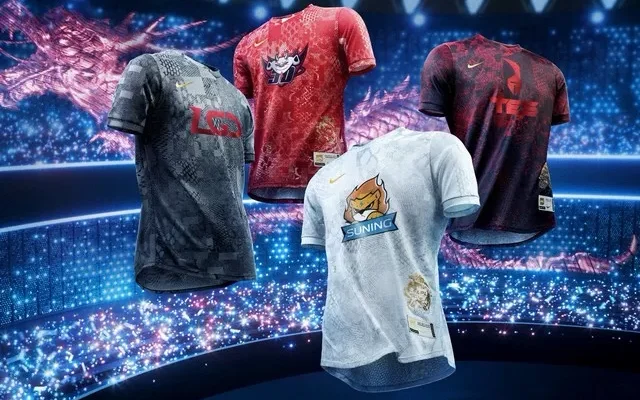The esports industry has seen exponential growth over the past decade, not only in terms of audience size but also in its commercial reach. Merchandising, in particular, offers a significant revenue stream for esports teams and game developers. Just as traditional sports fans enjoy wearing their favorite team’s jerseys, esports enthusiasts are increasingly eager to show their support by purchasing team and game-related gear. This mirrors the trend in other entertainment sectors, such as the kasyna na Polskim rynku, where branding and merchandise play a crucial role in fan engagement and loyalty.
Developing a Merchandise Strategy
The first step to selling esports merchandise effectively is developing a coherent strategy that aligns with your brand’s identity and appeals to your target audience. Understanding what your fans want and how they engage with your team or game is crucial.
Key Considerations for a Merchandising Strategy:
- Target Audience: Know the demographics and preferences of your fans. What kind of merchandise do they want? Apparel, accessories, or collectibles?
- Brand Alignment: Ensure all merchandise reflects the brand’s image and ethos. Consistency in branding reinforces brand recognition and loyalty.
- Quality and Pricing: Offer high-quality products at various price points to cater to a broad spectrum of fans.
Creating and Designing Merchandise
The creation and design process is where your merchandise comes to life. This stage should not only reflect an understanding of current fashion trends but also incorporate unique elements that resonate specifically with esports fans.
Steps to Design Winning Merchandise:
- Engage with Fans: Utilize social media and fan forums to gather input on designs and products fans want to see.
- Collaborate with Designers: Work with skilled designers who understand both the esports culture and modern design trends.
- Prototype and Test: Before a full launch, create prototypes and gather feedback from a select group of fans to refine the designs.
Marketing Your Merchandise
With your products ready, the focus shifts to marketing. Effective marketing strategies will increase visibility and drive sales. Digital marketing is especially crucial in the online-centric world of esports.
Effective Marketing Techniques:
- Leverage Social Media: Use your team’s or game’s social media platforms to showcase new merchandise and share behind-the-scenes content about the design process.
- Special Promotions: Offer limited-time promotions or exclusive items to generate buzz and urgency around your merchandise.
- Influencer Partnerships: Partner with popular esports personalities to wear and promote your gear.
Selling Platforms and Logistics
Choosing the right platform to sell your esports merchandise and handling logistics efficiently are critical to your online store’s success.
Platforms and Logistics:
- E-commerce Platforms: Whether it’s a dedicated section on your official website or through popular online marketplaces, select a platform that aligns with your audience’s shopping preferences.
- Fulfillment Solutions: Consider whether to handle fulfillment in-house or partner with a third-party logistics provider to manage inventory and shipping.
Engaging the Community
Community engagement goes hand in hand with successful merchandising. Fans are more likely to purchase merchandise when they feel actively involved with the team or game community.
Community Engagement Strategies:
- Exclusive Memberships: Offer membership programs that give fans early access to new merchandise, discounts, and other perks.
- Interactive Campaigns: Create interactive marketing campaigns that encourage fans to participate in the design process or vote on next product releases.
Monitoring Performance and Gathering Feedback
Once your merchandise is on the market, continuously monitor sales performance and gather customer feedback to refine future product offerings.
Performance Analysis:
- Sales Tracking: Regularly analyze which items are selling well and which aren’t to adjust your strategy.
- Customer Feedback: Collect and act on customer feedback to improve product quality and customer service.
Merchandising for esports provides a fantastic opportunity to deepen brand engagement and increase revenue streams. By understanding your audience, creating compelling and high-quality products, and employing smart marketing and sales strategies, you can turn your team’s or game’s gear into a fan favorite. For more insights into how cultural views on wealth and success have evolved, enhancing your understanding of market trends, visit https://cceonlinenews.com/2024/02/29/lessons-from-history-how-past-generations-viewed-wealth-and-success-2/.

